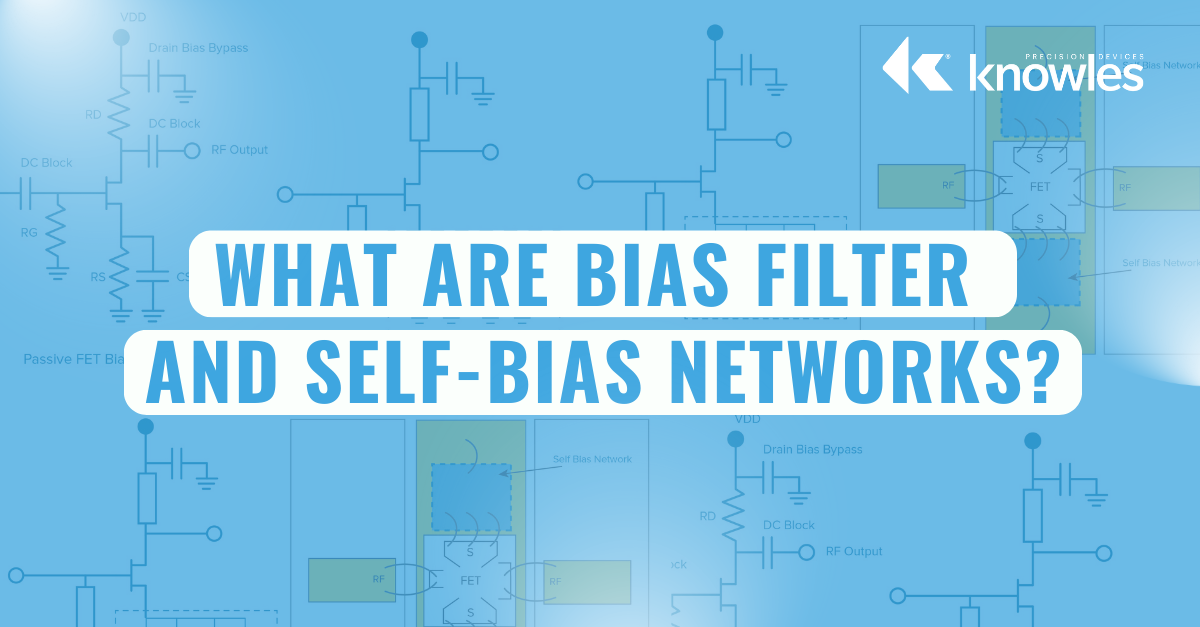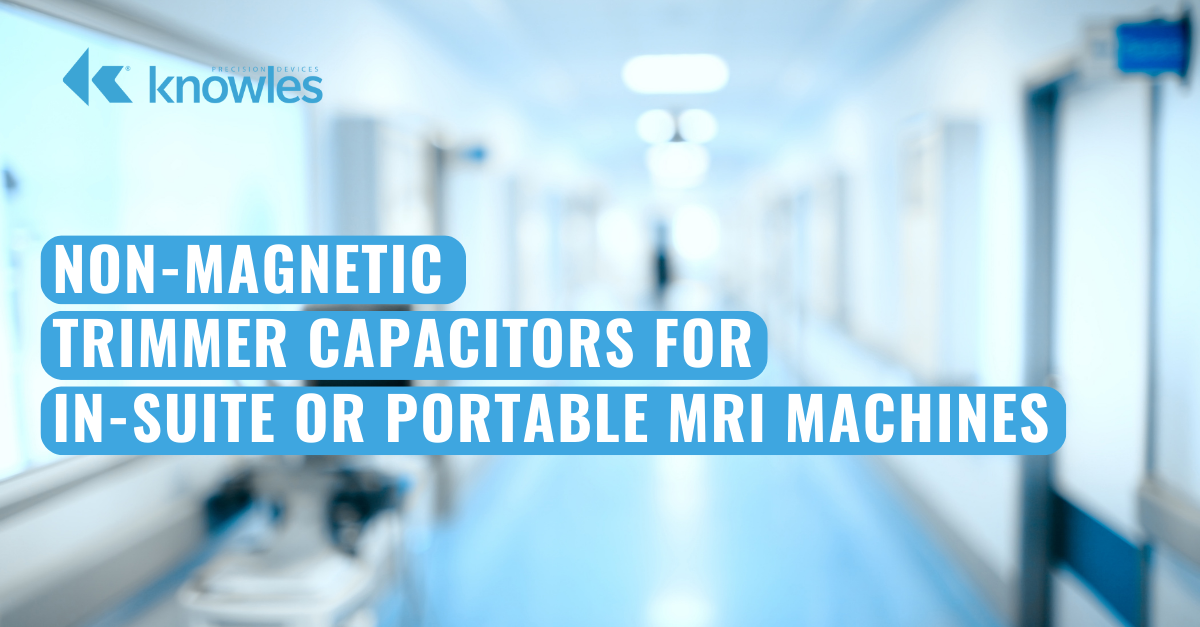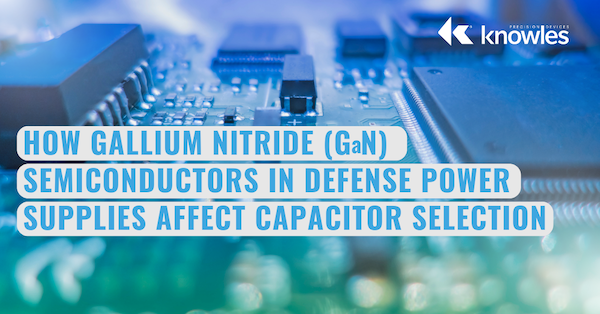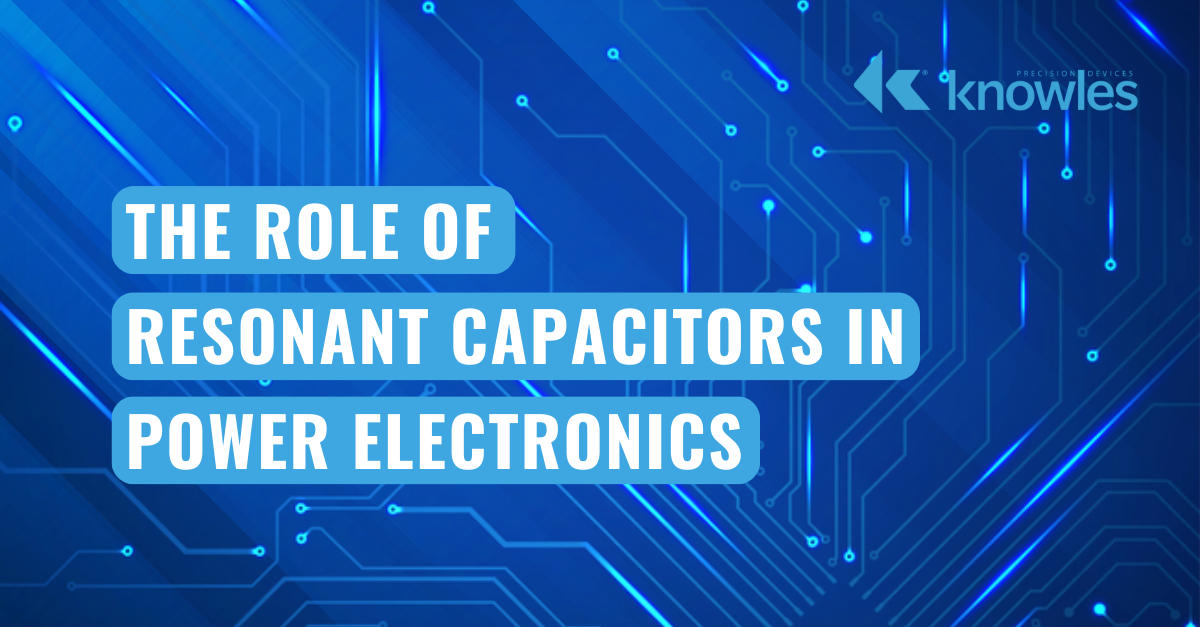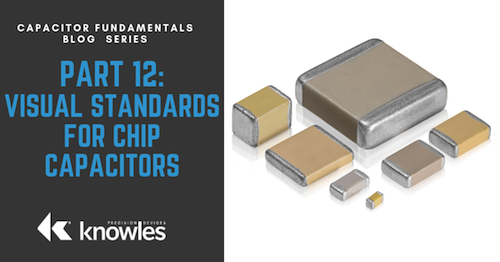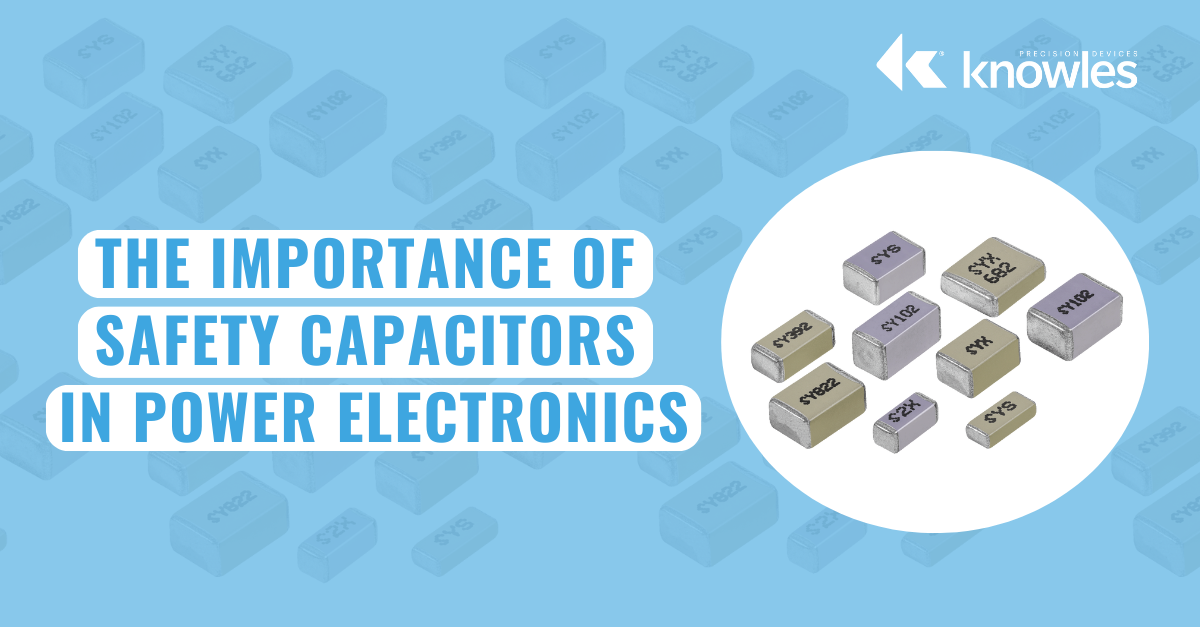There are hundreds of filter applications operating across a wide range of frequencies, which presents a challenge for filter designers since most filter designs don't inherently operate across these wide ranges. Size, weight, power, and cost (SWaP-C) are also important considerations, so simply adding more filters to address different frequency ranges is not an attractive solution. There is, however, an alternative way of designing filters: combining filter technologies to meet the specific frequency, bandwidth, and size requirements of your application.
Combining Filter Technologies to Create Higher-Value Compact Filters
Topics: Filtering
Capacitor Fundamentals: Part 14 – Useful Formulas and Calculations for Capacitors
Welcome to the Capacitor Fundamentals Series, where we teach you about the ins and outs of chips capacitors – their properties, product classifications, test standards, and use cases – in order to help you make informed decisions about the right capacitors for your specific applications. After describing soldering for capacitors in our previous article, let’s discuss common formulas and calculations for capacitors.
Topics: Capacitor
Passive gain equalizers are designed to rectify or flatten the frequency response of an RF amplifier. RF amplifiers are known to cause a non-uniform gain over the operational bandwidth of a device, which results in distortion and other unwanted effects. Equalizers generate a counter-gain profile to offset that uneven response. Pairing equalizers and amplifiers is critical in applications like broadband systems where consistent performance over a wide frequency range enhances signal fidelity and system performance.
Topics: RF and Microwave
Capacitor Fundamentals: Part 13 – Soldering for Chip Capacitors
Welcome to the Capacitor Fundamentals Series, where we teach you about the ins and outs of chips capacitors – their properties, product classifications, test standards, and use cases – in order to help you make informed decisions about the right capacitors for your specific applications. After describing visual standards for chip capacitors in our previous article, let’s discuss chip attachment and termination guidelines.
Topics: Capacitor
Bias filter networks and self-bias networks are two types of biasing components developed by Knowles Precision Devices for use in high-frequency microwave and RF applications.
Topics: Filtering
Non-Magnetic Trimmer Capacitors for In-Suite or Portable MRI Machines
MRI systems are so robust and require so much infrastructure that they need their own dedicated room—until recently.
A portable magnetic resonance imaging (MRI) system, or point of care (POC) MRI machine, is a compact, traveling device that’s designed for patient imaging outside of the traditional MRI suite (e.g., emergency rooms, ambulances, rural clinics, field hospitals, etc.)
How Gallium Nitride (GaN) Semiconductors in Defense Power Supplies Affect Capacitor Selection
Defense applications tend to operate at high voltages and wide temperature ranges. They require components with increased efficiency, reduced size, and high power density. Because a wideband gap (WBG) semiconductor embodies these characteristics, defense and aerospace systems are increasingly using Gallium Nitride (GaN) for power conversion.
Topics: Capacitor, Military and Aerospace, High Reliability
The Role of Resonant Capacitors in Power Electronics
At a foundational level, the ability to store electric charge and more easily pass higher-frequency AC currents are two of the most identifiable properties of capacitors. However, at very high frequencies, the ideal behavior of a capacitor can be compromised. In those situations, the parasitic, resistive and inductive components of a capacitor have an outsized influence on its behavior.
Topics: Capacitor
Capacitor Fundamentals: Part 12 – Visual Standards for Chip Capacitors
Welcome to the Capacitor Fundamentals Series, where we teach you about the ins and outs of chips capacitors – their properties, product classifications, test standards, and use cases – in order to help you make informed decisions about the right capacitors for your specific applications. After describing high reliability testing in our previous article, let’s discuss visual standards for chip capacitors.
Topics: Capacitor
The Importance of Safety Capacitors in Power Electronics
Safety capacitors are designed to mitigate the effects of transient voltages and interference in electrical and electronic circuits, especially high-voltage applications, ensuring their safe operation. Even everyday devices need safety capacitors: modems and other telecoms equipment, AC-DC power supplies, power distribution switchgear, and electric vehicles (EVs) and other automotive applications.
Topics: Capacitor


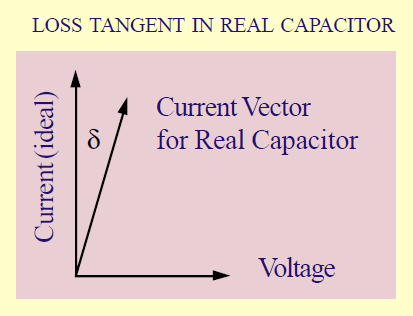
.png)

